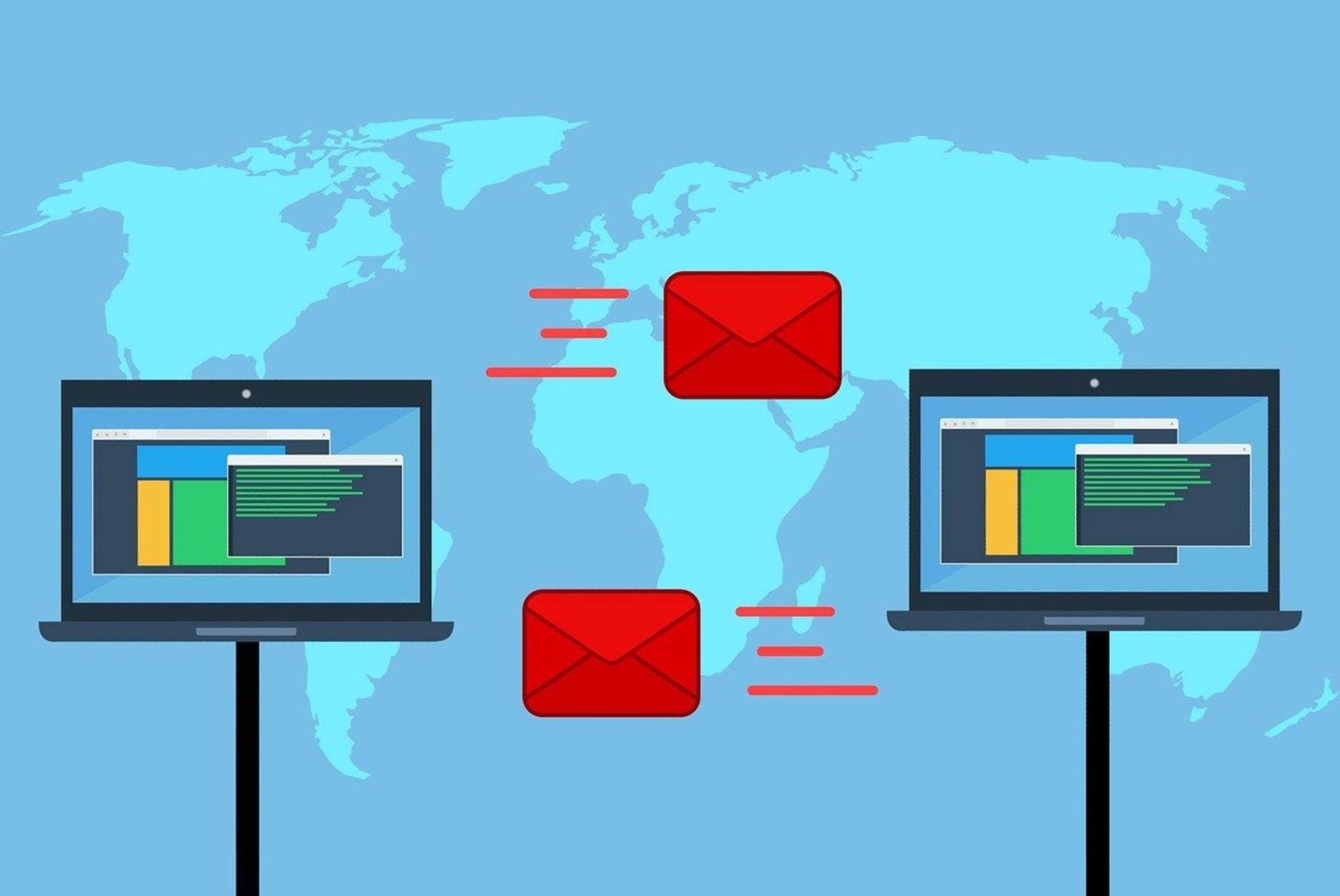Blog
Is EDI the Way to go in Wholesale?
Many of your customers are already ahead of you in terms of utilizing EDI. Your customers want to have a more efficient Trade Relationship with you and when you are using EDI, you can automate a lot of processes. So how do you progress from here?
Many of your customers are already ahead of you in terms of utilizing EDI. They want to continue trading with you, but you'll need to pick up the pace and start using EDI within your business. Otherwise, they wouldn’t have recommended EDI in the first place.
Your customers want to have a more efficient Trade Relationship with you and when you are using EDI, you can automate a lot of processes. These processes include accepting Purchase Order, sending out Order Responses and Invoices. By automating these processes it frees up a lot of time from you and your employees so you can really focus on the more important activities. How can you grow your business, build stronger relationships with your current customers and how to attract new prospects. That’s the way forward in Wholesale.
However, not every trade partner will use the same EDI system—there are plenty out there. You need a solution that can accommodate and translate data from all of them and can connect directly with your own backend.
Managing Orders via EDI?
Here are 3 ways you can manage your orders using an EDI system:
I. Integrate EDI with your order management system
Buying and using EDI software is a cost-efficient way to improve the management of your orders. In wholesale, if you already have an existing enterprise resource planning (ERP) software, you can easily integrate this with a good EDI solution.
Doing this allows you to connect to your trading partners and electronically exchange business documents including, but not limited to: purchase orders, invoices, and shipment notices. And once you have successfully integrated EDI with your order management system, this eliminates processes that require manual labor—giving you a seamless and error-free process.
II. Acquire EDI services from a provider
You can also find an EDI service provider that provides web access for viewing so you can view reports from your device.
One of our solutions is X4Connect, which we offer 'as a service'. This means digital B2B messaging and connectivity from the cloud. Scalable and flexible, without large upfront investment and without concerns about implementation, management, monitoring and maintenance. We will take the work off your hands..
X4Connect can handle most data formats (including EDIFACT, XML, iDOC, UBL, and more) and translates this data so business partners can use their language when trading with no issues when doing so. Their EDI works regardless of the size and nature of their customers’ business and is flexible to their needs.
III. Create your own solution
Creating your solution is probably the most challenging and costly of the three options. It requires you to invest not only on the EDI software itself, but you would also need to do the following:
- Install your own communications software
- Come up with various EDI transmission methods
- Develop or purchase a mapping and translation software, and;
- Hire EDI and mapping specialists for ongoing upgrades, support, and maintenance.
It may look tempting to create your own solution that gives you more the feeling that ‘you are in control’. However it comes with some heavy costs, where the biggest ones are that you have to invest time and money in the correct people, make sure you are compatible with the most common EDI standards and spend a lot of time and effort in keeping your solution running.
From a pricing standpoint, it’s more cost-efficient to hire a solution provider than it is to purchase or create your own solution and manage this by yourself.
Would you like to know more about how the implementation of the right EDI solution will help you reduce your costs, and increase your customer satisfaction? Then contact us today to find out how.

